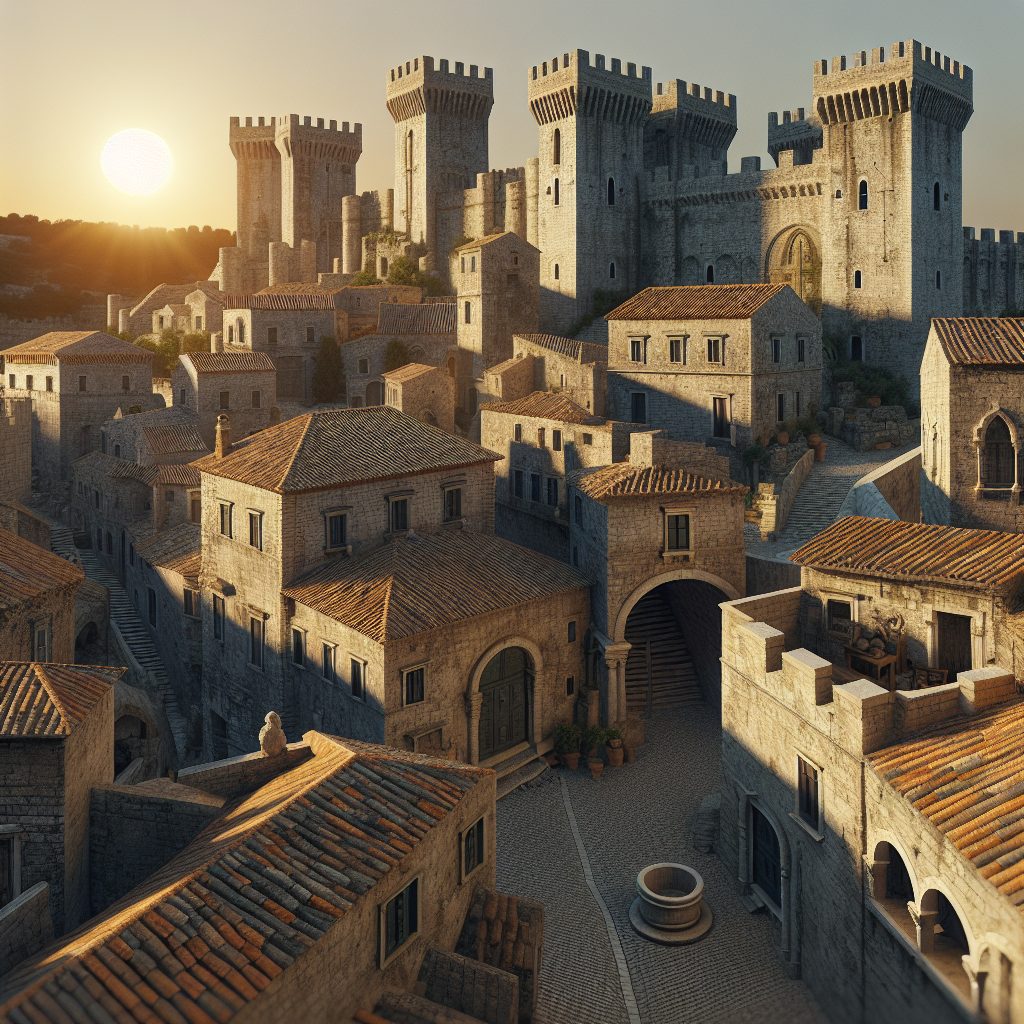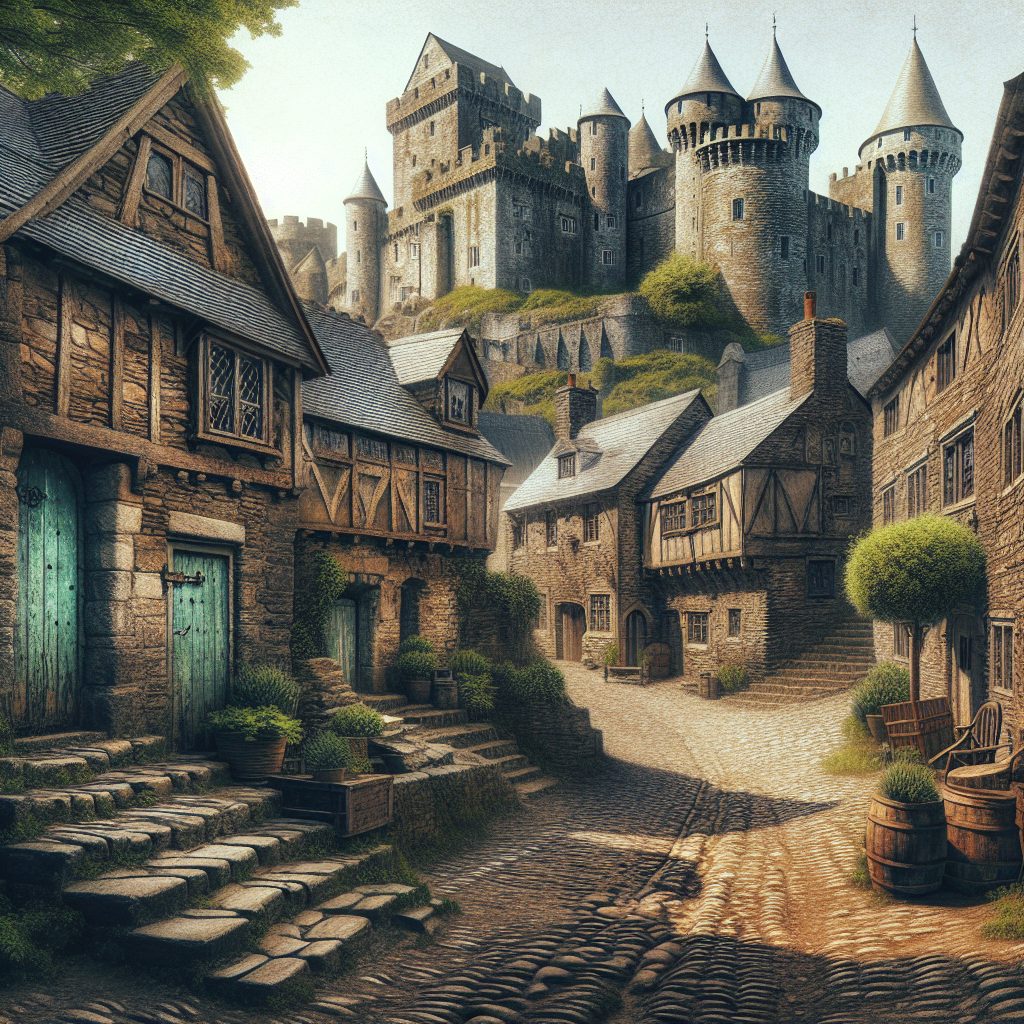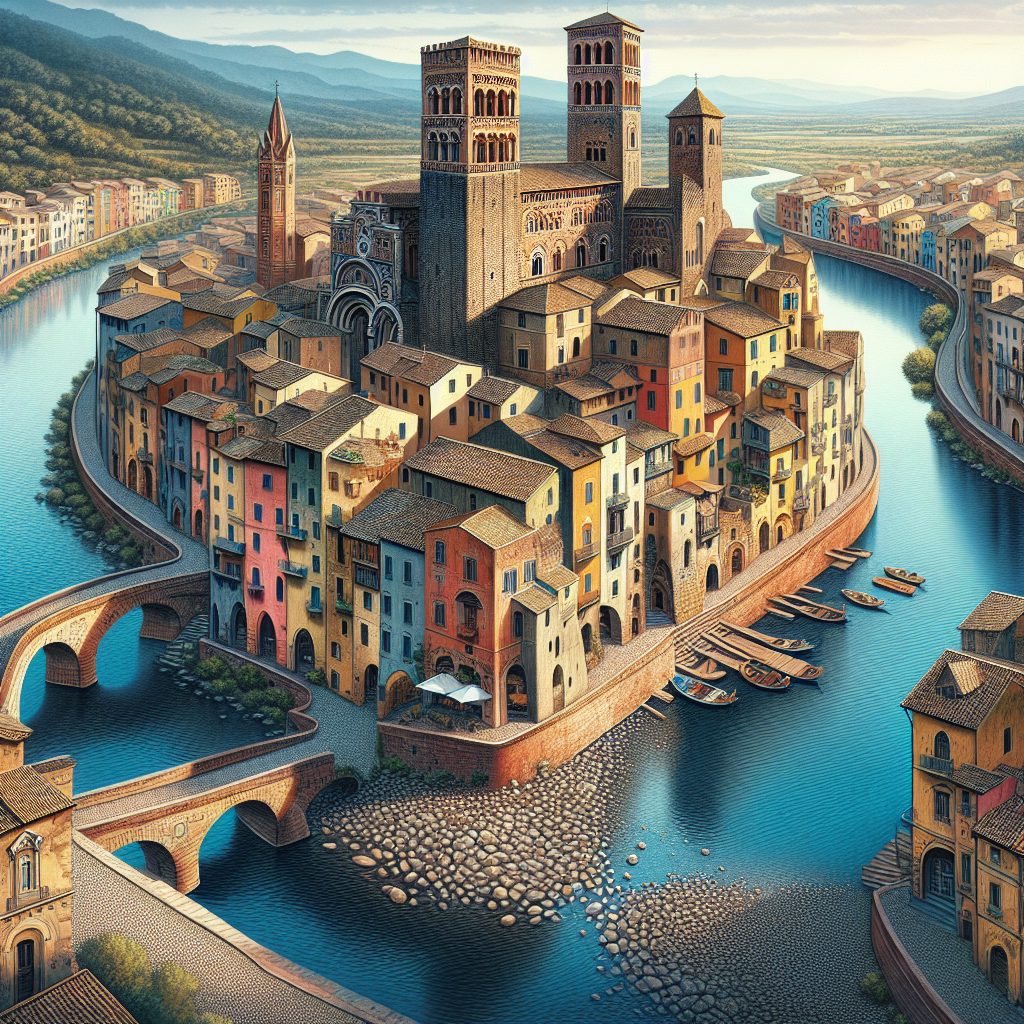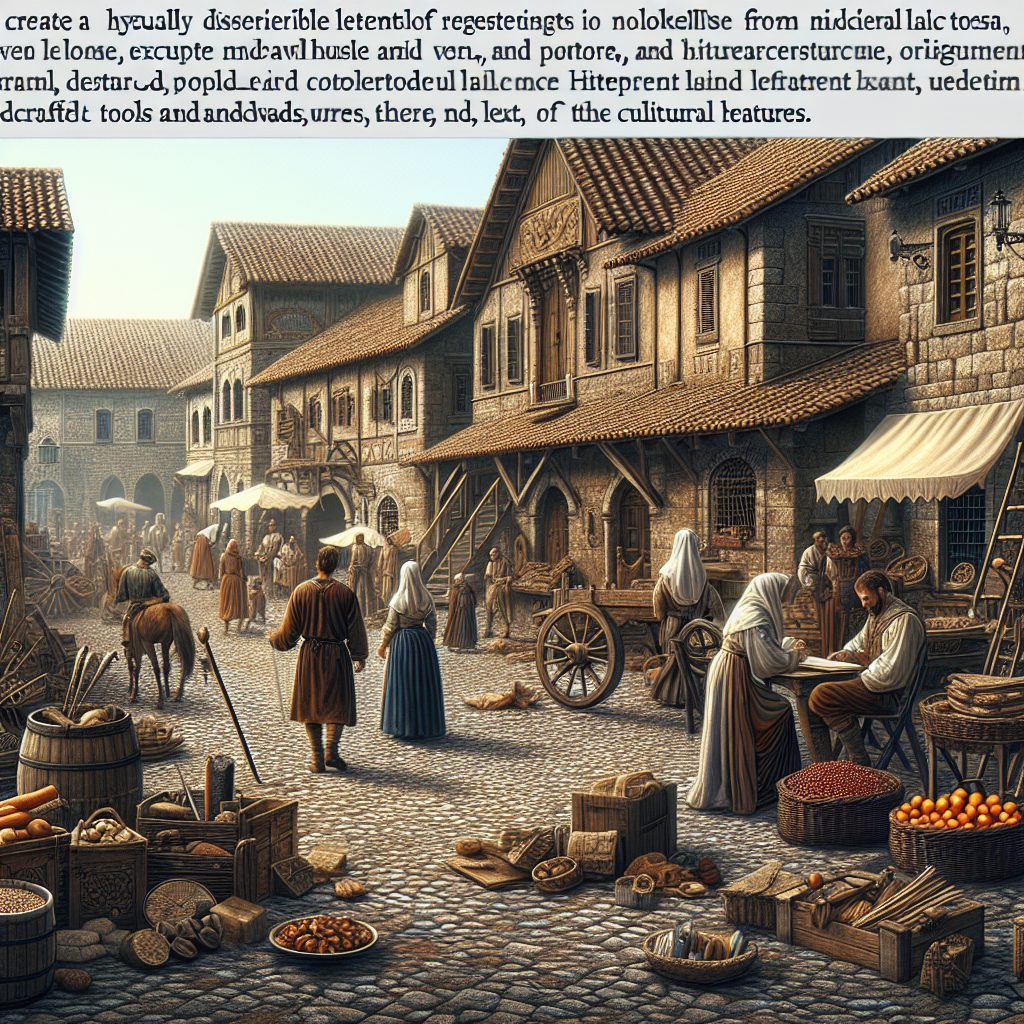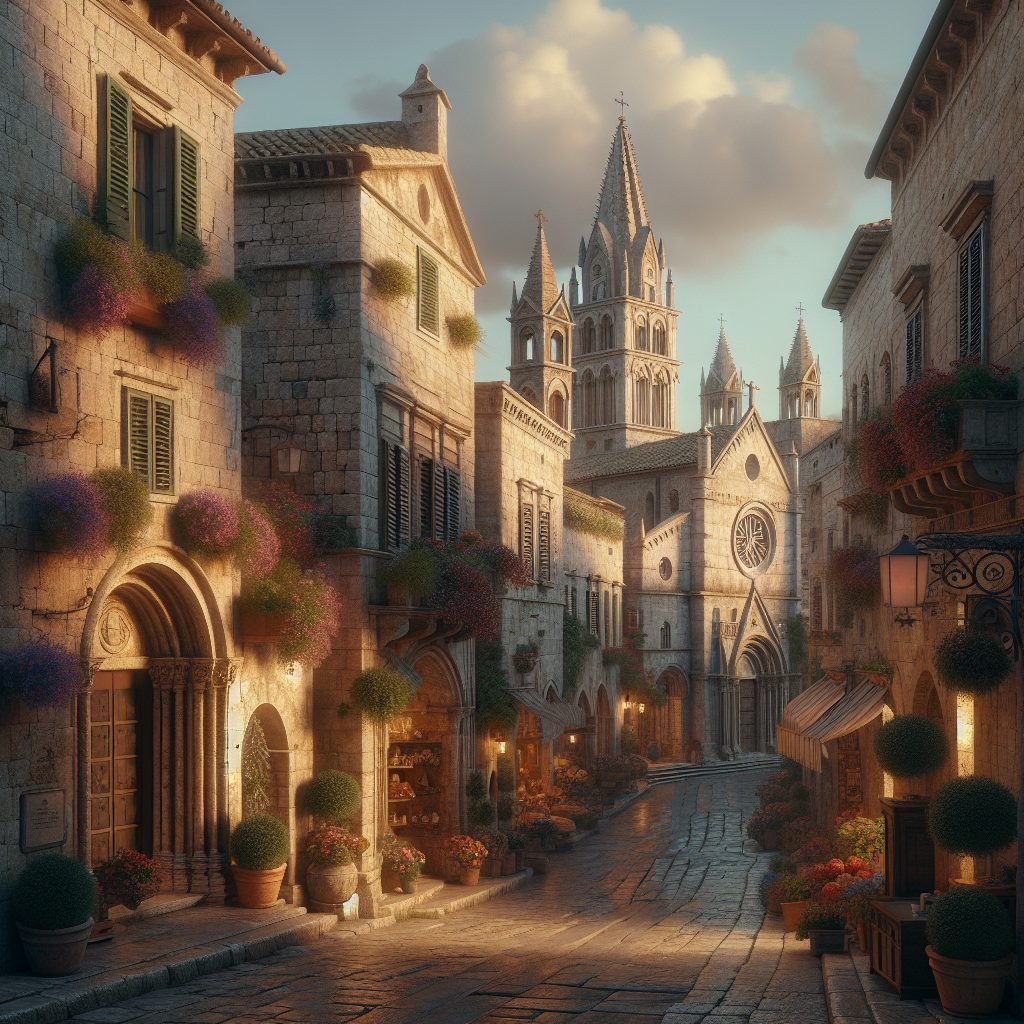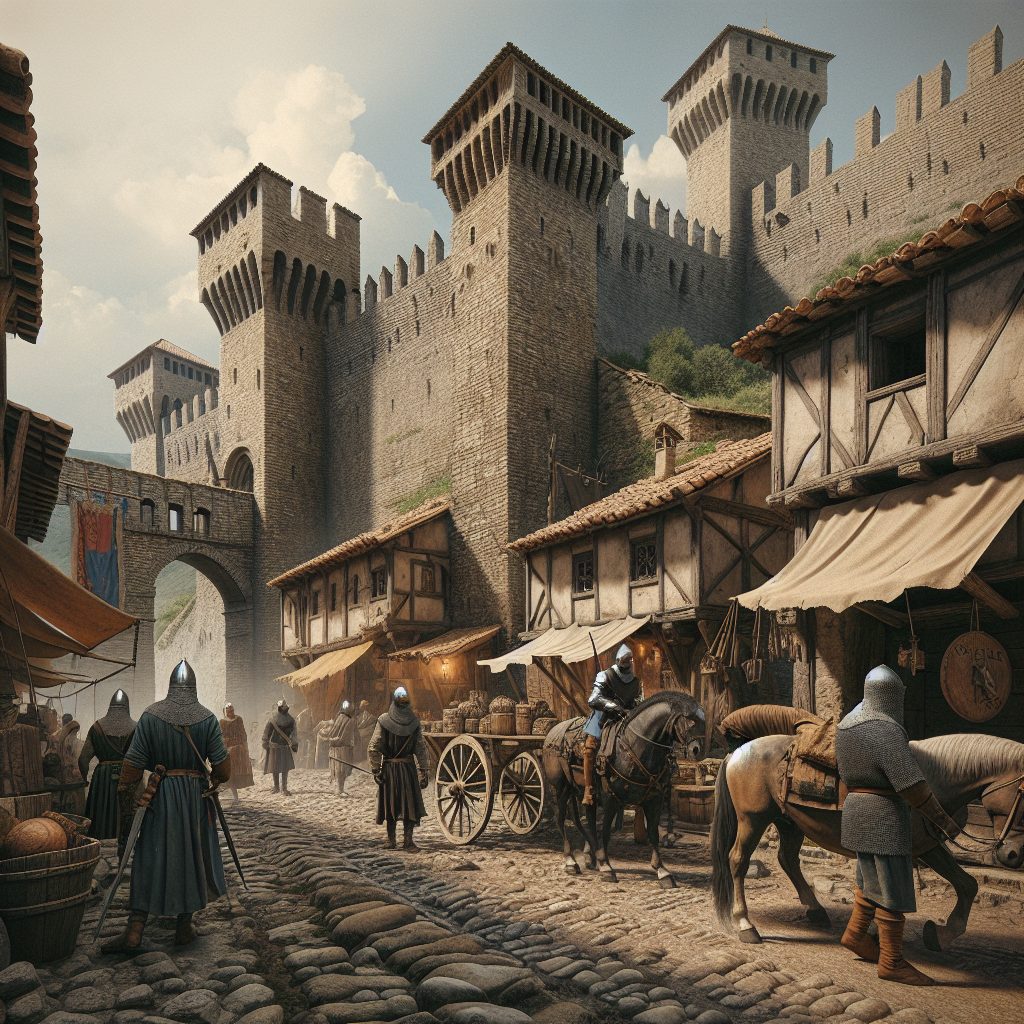Bosa, a charming town located on the western coast of Sardinia, Italy, is known for its rich history, medieval architecture, and picturesque landmarks. Unique to this town is its medieval heritage, which has left a lasting mark on its landscape. With its narrow, cobbled streets, ancient buildings, and defensive towers, Bosa showcases the essence of medieval charm. One of the most remarkable features of Bosa is its medieval castle, Castello Malaspina. Perched on a hilltop, it offers breathtaking views of the town and the surrounding countryside. This landmark stands as a testament to Bosa’s past, serving as a reminder of the town’s historical significance.
Another notable landmark in Bosa is the Cathedral of Saint Peter. Constructed in the 12th century, this Romanesque-style cathedral showcases intricate details and impressive architecture. Its magnificent bell tower, built in the 17th century, adds to the grandeur of the cathedral. Strolling through the town, visitors can also admire the elegant facades of centuries-old palaces, such as the Palazzo Columbano, a beautiful example of Spanish colonial architecture.
In the next part of this article, we will delve deeper into the key takeaways from Bosa’s medieval town landmarks. Exploring the historical significance of Castello Malaspina and the architectural beauty of the Cathedral of Saint Peter, we will uncover the cultural heritage and unique features of these timeless landmarks. Additionally, we will discuss other must-see sites in Bosa, offering insights into a truly enriching experience for any visitor.
Key Takeaways
1. Bosa is a medieval town in Sardinia, Italy, that is home to several remarkable landmarks and historical sites.
2. The Castle of Serravalle, perched on a hill overlooking the town, is a must-visit attraction, offering panoramic views and a glimpse into Bosa’s past.
3. The Church of San Pietro Extramuros is another iconic landmark, known for its beautiful Romanesque architecture and stunning frescoes.
4. Bosa’s medieval city walls, dating back to the 12th century, are a testament to the town’s rich history and offer a fascinating walk through time.
5. The Temo River, running through Bosa, is a picturesque setting where visitors can enjoy boat rides and take in the town’s charming atmosphere.
What are the main landmarks in Bosa Medieval Town?
Bosa Castle
The Bosa Castle is the most prominent landmark in Bosa Medieval Town. Perched atop a hill, this medieval fortress offers stunning views of the town and the Temo River. Dating back to the 12th century, the castle is known for its well-preserved architecture, including soaring towers and sturdy stone walls. Visitors can explore the castle’s interior, which houses a small museum showcasing historical artifacts and offering insights into the town’s past.
Malaspina Tower
Standing tall near the riverfront, the Malaspina Tower is another notable landmark in Bosa Medieval Town. Built in the 12th century, this cylindrical tower served as a defensive structure to protect the town. Its strategic location allowed guards to oversee the river and detect any potential threats. Today, visitors can climb to the top of the tower and enjoy panoramic views of the surrounding area.
Church of San Pietro Extramuros
The Church of San Pietro Extramuros is an ancient church located just outside the walls of Bosa Medieval Town. Dating back to the 11th century, this Romanesque-style church is renowned for its exquisite architecture and decorative details. Inside, visitors can admire stunning frescoes dating back to the 14th century, depicting religious scenes and biblical figures.
Palazzo Boyl
Palazzo Boyl is a grand palatial residence situated within Bosa Medieval Town. Constructed in the 19th century, this neoclassical building exhibits an impressive facade adorned with decorative balconies and intricate stonework. The interior of the palace is equally impressive, featuring luxurious rooms and elegant furnishings. Today, Palazzo Boyl serves as a venue for various cultural events and exhibitions.
Ponte Vecchio
Ponte Vecchio, also known as the Old Bridge, is a picturesque bridge spanning the Temo River and connecting Bosa Medieval Town with its newer districts. Dating back to the 19th century, this stone arch bridge adds a touch of charm to the town’s landscape. Strolling across Ponte Vecchio provides visitors with scenic views of the river, the colorful buildings along its banks, and the medieval town nestled beyond.
Tip: Best Time to Visit
- The best time to visit Bosa Medieval Town is during the spring (April to June) or autumn (September to November) when the weather is mild and pleasant.
- Avoid visiting during the peak summer months (July and August) as the town can get crowded with tourists.
- Consider attending the Bosa Carnival, held in February, to witness colorful parades and traditional festivities.
- Plan your visit in advance, as some landmarks may have limited visiting hours or require prior reservations.
Frequently Asked Questions
What are the must-visit landmarks in Bosa Medieval Town?
Some of the must-visit landmarks in Bosa Medieval Town include the Bosa Castle, Malaspina Castle, and the Cathedral of Bosa. These historical sites offer a glimpse into the rich history and architecture of the town.
Is it possible to visit the interior of Bosa Castle?
Yes, it is possible to visit the interior of Bosa Castle. The castle showcases various rooms and halls that are beautifully preserved, allowing visitors to immerse themselves in the medieval atmosphere. Guided tours are available to provide more insights into the castle’s history.
Can I explore Malaspina Castle on my own?
Unfortunately, exploring Malaspina Castle on your own is not possible. The castle is privately owned, and guided tours are the only way to explore its magnificent interior. These tours are informative and take you through the castle’s history, architecture, and notable features.
What is the significance of the Cathedral of Bosa?
The Cathedral of Bosa holds great historical and religious significance. It showcases stunning Romanesque architecture and houses beautiful artworks and religious relics. The cathedral is a significant place of worship and a symbol of the town’s cultural heritage.
Are there any other notable landmarks in Bosa Medieval Town?
Apart from the Bosa Castle, Malaspina Castle, and the Cathedral of Bosa, other notable landmarks in Bosa Medieval Town include the Tannery Museum, the Church of San Pietro Extramuros, and the ruins of the Church of San Giorgio.
Can I get panoramic views of the town from any of these landmarks?
Absolutely! Bosa Castle and Malaspina Castle offer stunning panoramic views of the town and its surroundings. From the top, you can enjoy breathtaking vistas of the winding river, colorful houses, and the picturesque landscape.
Are there any restrictions on photography inside the landmarks?
While photography is generally permitted inside the landmarks, some areas may have specific restrictions due to the preservation of delicate artifacts or privacy concerns. It is always advisable to ask the guides or staff about any photography restrictions before capturing your favorite shots.
What is the best time to visit Bosa Medieval Town landmarks?
The best time to visit Bosa Medieval Town landmarks is during the spring and autumn seasons. The weather is mild, and the tourist crowds are relatively smaller compared to the peak summer months. It allows you to explore the landmarks at a more leisurely pace and soak in the town’s charm.
Are there any nearby accommodations for visitors to stay in Bosa?
Yes, Bosa offers a range of accommodations for visitors, including hotels, bed and breakfasts, and vacation rentals. Some options are conveniently located near the medieval town, allowing easy access to the landmarks and other attractions the town has to offer.
Can I combine a visit to Bosa Medieval Town landmarks with nearby attractions?
Absolutely! Bosa is situated in a region with many other attractions nearby. You can easily combine a visit to the landmarks with exploring the beautiful beaches, ancient ruins, or even taking a boat trip along the stunning coast. It offers a well-rounded experience for travelers.
Final Thoughts
Exploring the Bosa Medieval Town landmarks is like stepping back in time. The rich history, fascinating architecture, and stunning views make these sites truly worth visiting. Whether you are a history enthusiast, an architecture lover, or simply seeking a unique and memorable experience, Bosa Medieval Town landmarks offer something for everyone.
Immerse yourself in the medieval charm, learn about the town’s past, and soak in the beauty that surrounds you. Bosa Medieval Town landmarks will leave a lasting impression and create memories that will stay with you long after your visit. Discover the magic of this quaint town and unlock the secrets of its remarkable landmarks.

